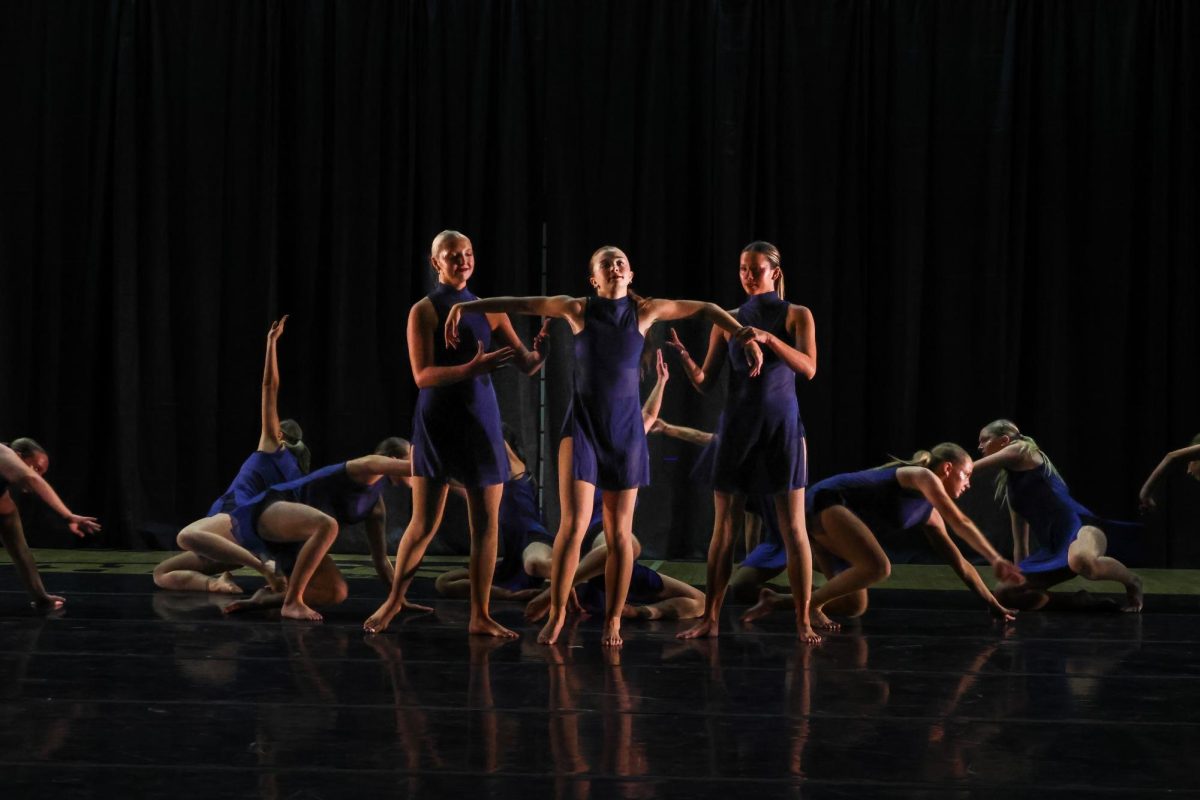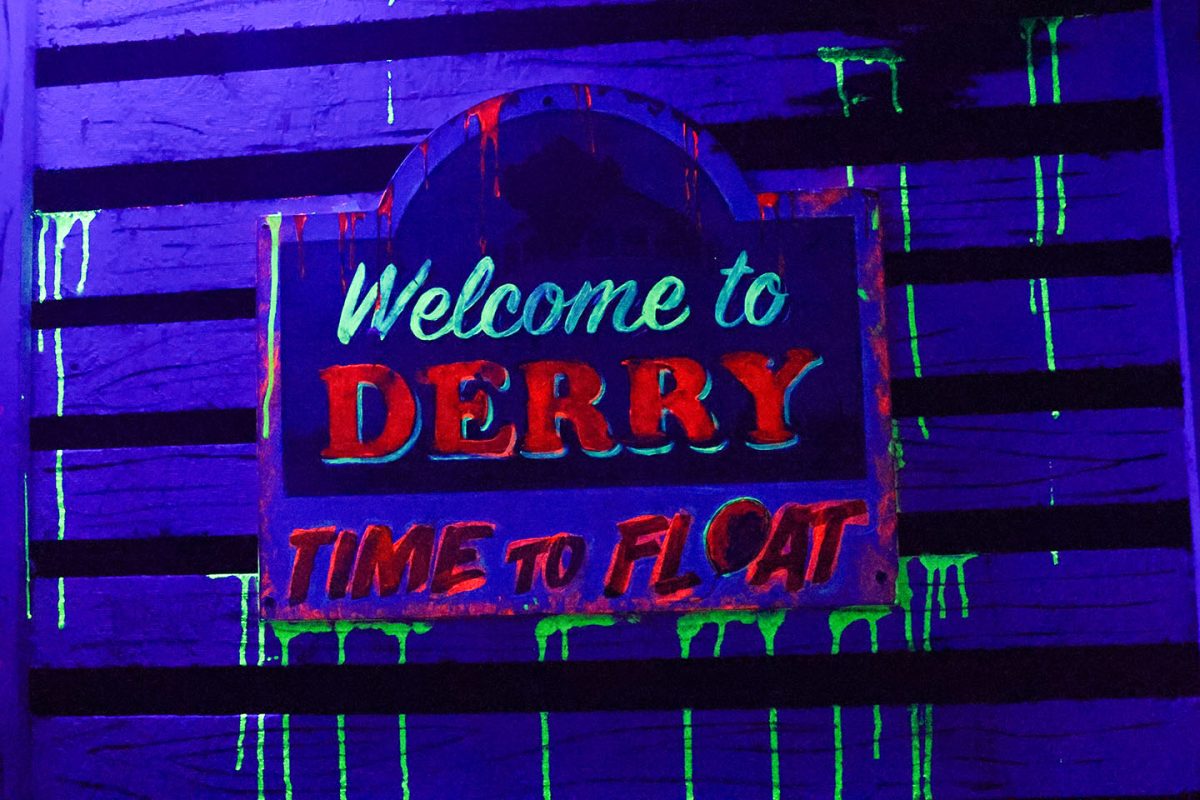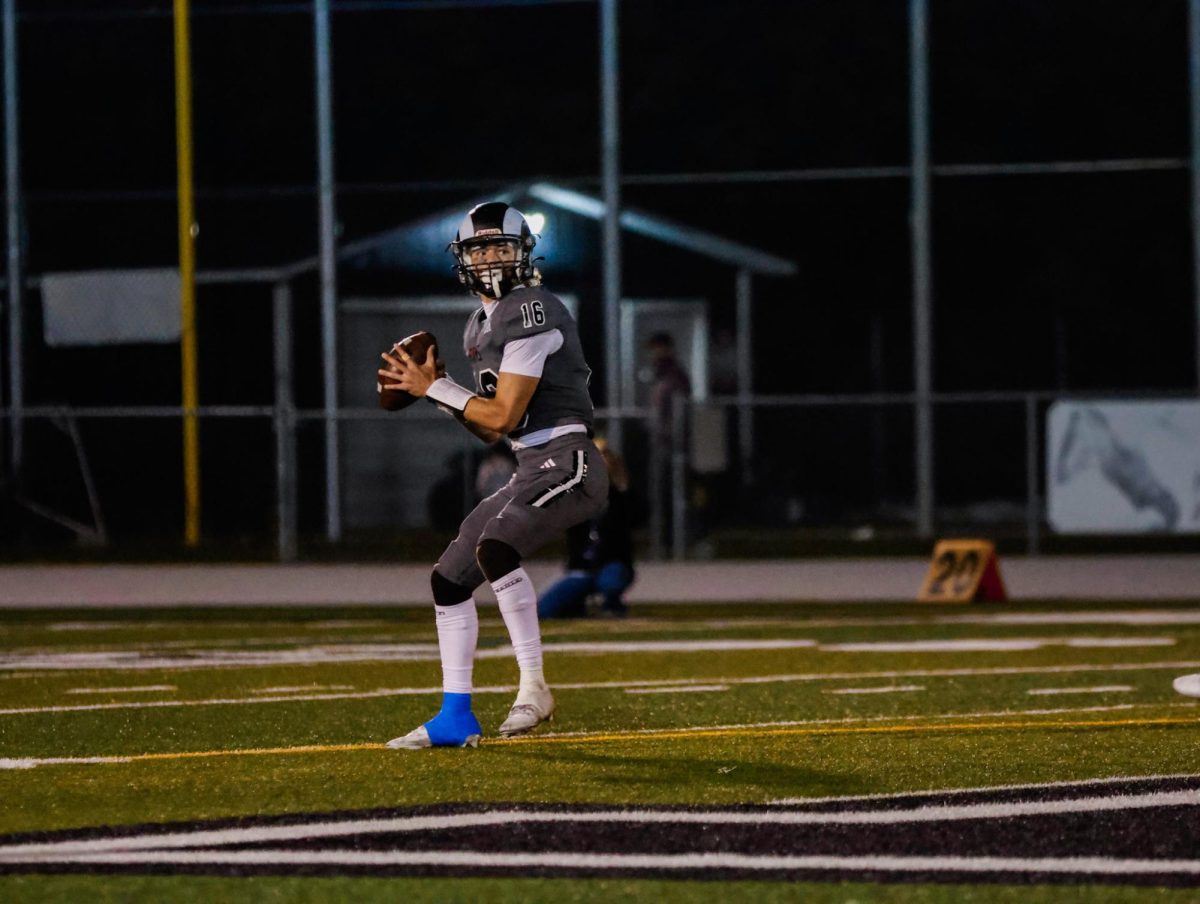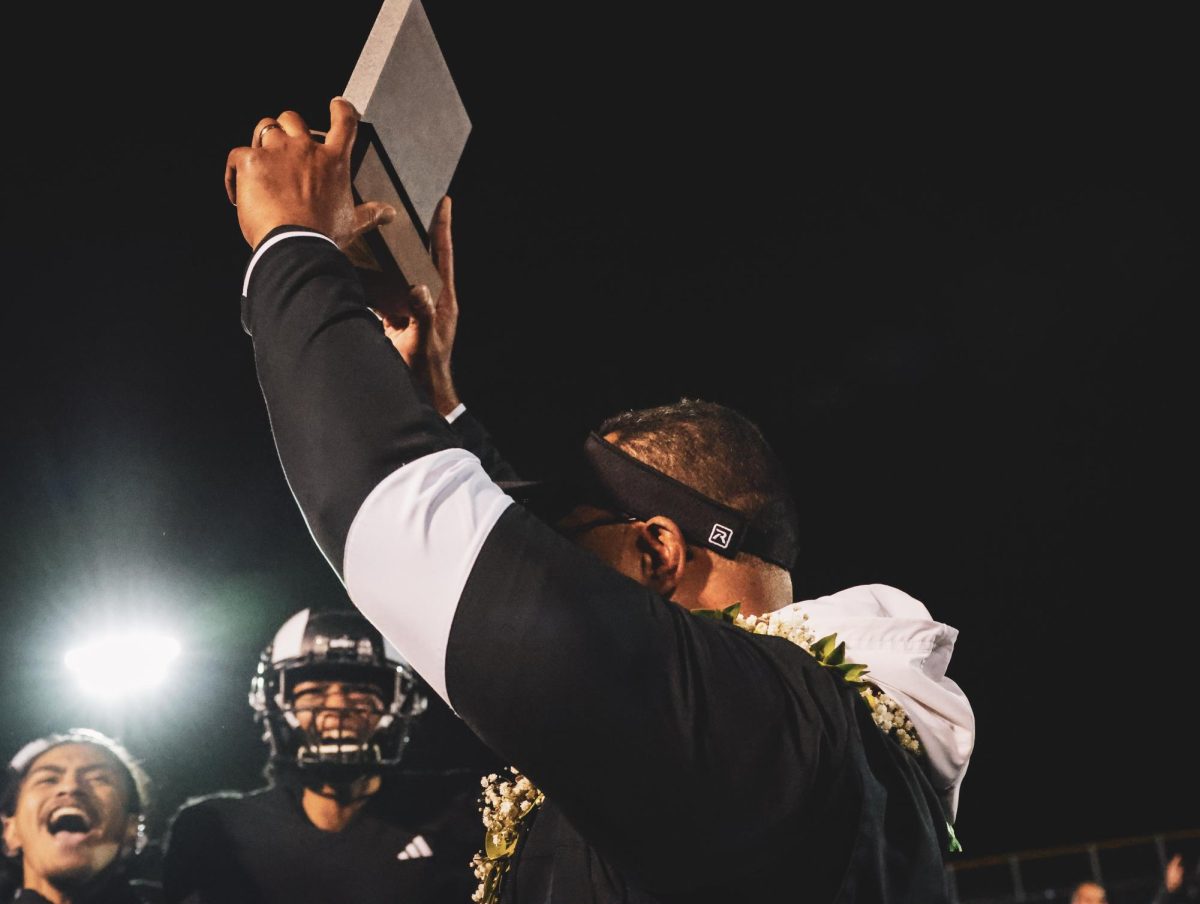Solar Eclipse Leaves Shadow Over Highland After Thirty-Eight Years
Highland students watch as solar eclipse becomes visible.
August 24, 2017
On Monday, August 21, 2017, our country witnessed something we haven’t been able to see for nearly forty years: a solar eclipse. The last solar eclipse that was visible from the United States was on February 26, 1979, and we won’t see another one until April 8, 2024.
A solar eclipse is when the sun and the moon line up perfectly to block the sun’s light, casting a shadow on the earth. In Utah, we were unable to see the total eclipse, so Highland students watching from outside the building could not experience the full phenomenon of the solar eclipse.
There were several places all across the United States, though, that could see the total eclipse. Some of these cities include Casper, Wyoming, Idaho Falls, Idaho, and the total eclipse could be seen in places as far as Nashville, Tennessee as well.
Despite how tempting it may have been to look at the eclipse without the proper eye protection, organizations everywhere were warning about the dangers of looking directly into the sun, even when the moon covers it almost entirely. The only time that the eclipse is safe to look at with the naked eye is when it is a total eclipse, a phenomenon that Salt Lake City did not get to experience.
Although there was a big scramble for safe eclipse glasses, Highland was able to get the proper glasses, but not without stress.
“The day after I ordered them, I got an email from the district with a list of places we could order the glasses from, and Amazon was not on the list.” Linda Larsen, who works in the Highland media center, said “So I had to call and get them replaced with the 12312-2 ones.”
After ordering the original glasses with plenty of time to spare, Larsen was very careful to make sure she received the approved glasses before school started.
“I was worried that I was ordering glasses that would damage kids’ eyes,” Larsen said, “but they worked just perfectly.”
Larsen’s efforts were certainly not put to waste, for when looking around at students observing the eclipse you could see everyone with their glasses safely covering their eyes as they smiled up at the sun.






























